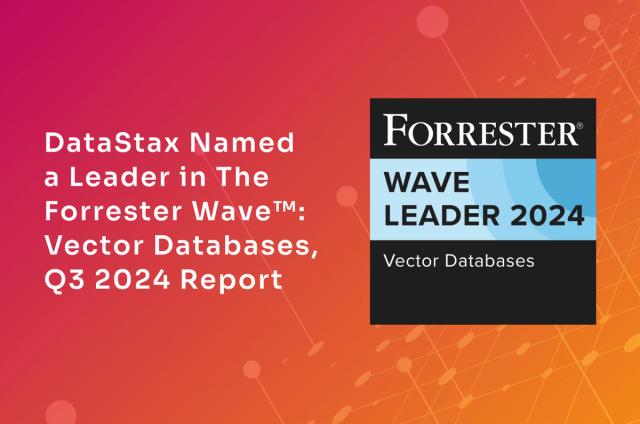DataStax Announces Preview Build of Kong with Support for Astra

We’re excited to announce a preview build of Kong with support for DataStax Astra (beta), bringing a cloud-native database-as-a-service (DBaaS) built on Apache Cassandra™ to every developer who uses the world’s most popular open-source microservice API gateway.
As part of our beta program, we’ve been working with developers and listening to their feedback. A lot of them asked for an integration with Kong, so we’ve prioritized that request, and Kong is one of the first integrations of DataStax Astra as we work toward general availability (GA).
“Astra needs to be where developers are—and that’s Kong,” explains Ed Anuff, DataStax’s chief product officer. “Kong is easy to run and works great with Cassandra, but we know that a lot of developers only use Cassandra for their biggest projects. “This integration with Astra creates a turnkey experience for projects of any level of scale, small or large. If a developer is using Kong to manage APIs and microservices, they now can easily use Cassandra in the cloud with Astra.”
With our integration, we are publishing a preview build of Kong that will connect to Astra. Users can download that and connect it to an Astra database. Developers will start to experience how Astra eliminates operations and overhead to install open-source, Cassandra.
Together, the DataStax and Kong teams have worked hard to deliver security certification, tuned performance and configurations, improvements with CQL and indexing, and more. We’ve also made some changes to the Kong drivers and are open sourcing the code to both the Cassandra and Kong projects.
Developers can now review our How-To post to give the integration a try.
Benefits for developers
Kong is used by thousands of developers across the world to secure, manage, and orchestrate microservice APIs. Kong stores all the logs, tokens, and configuration in Cassandra, so the more apps and devices use your APIs and the more API traffic is processed, the bigger the database gets. As a result of this integration, developers on Kong now have full access to Cassandra in the cloud, which comes with unlimited scale and effortless operations.
What’s more, developers who take advantage of this integration can now manage all of their data on Astra, which enables them to simplify application development, reduce administrative overhead, and decrease costs while securing and scaling applications that require lots of data.
“APIs are about powering large amounts of data in motion, which is why many of Kong's customers have chosen Apache Cassandra,” explains Kristian Gyorkos, senior director of alliances at Kong. “We were excited when we heard that DataStax was making Astra work with Kong. This will enable our users to experience the simplicity and scale of Datastax’s cloud-native service built on Apache Cassandra.”
Both DataStax and Kong are committed to the open-source community. We both serve users and enterprises with the largest data demands in the world. Additionally, we share the same values and mission and are focused on helping developers build modern, data-rich applications in hybrid and multi-cloud environments.
This integration makes developing transformative cloud-native applications at scale easier for our communities, and we can’t wait to see what developers come up with.
To learn more about this new integration, join us at Kong’s virtual conference, Destination: Decentralization, where we’ll be speaking at two sessions.
- Ahead in the Clouds: What’s Next for Distributed Architectures (8:40 a.m.–9:05 a.m. PT)
- Scale-Out Kong on Cassandra as-a-Service (10:10 a.m.–10:35 a.m. PT)
For more information on these sessions or to view, go here.
To learn more about DataStax Astra (beta), check this out.



